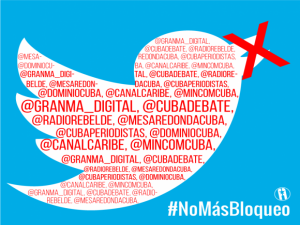
On September 11th, Twitter blocked the accounts of several Cuban mass media, including Granma and Cubadebate; as well as the ones from other institutions, journalists and officials from various agencies. This happened some minutes before the television appearance of Cuban President Miguel Diaz-Canel Bermudez and other government officials explaining the measures to confront the current energy situation in the country caused by the intensification of the blockade imposed by the U.S.
While it is true that this is not the first time that Cuban Twitter users report problems logging into their accounts and receive messages saying that they have been blocked, this case is remarkable because of its massive nature - more than 250 accounts - and the political and ideological shades of this cyberwarfare act.
We will shortly be speaking with Miguel Gutiérrez Rodríguez, General Director of Informatics of the Ministry of Communications, about some background information that will allow us to better understand these acts.
Several examples prove that Cuba has been exposed in recent years to different modalities of cyberwarfare; conflicts, in which informatics and communications acquire a determining role. Could you mention some examples?
In the 1990s a large number of studies were carried out by US research institutes and "think tanks" on the feasibility of bringing Information and Communication Technologies (ICTs) to the battlefield; however, with the arrival of the George W. Bush administration and the events of September 11, 2001, these conceptions received a great boost when the then Secretary of Defense, Donald Rumsfeld declared that "the Internet is the new stage of the war on terror". It should be highlighted that for the United States of America, terrorist organizations and countries that sponsor terrorism are those that do not submit to their wishes.
Most subversive and interfering actions have been organized and executed against Cuba have had an ideological nature. Not many people know that two days before the terrorist attack on the twin towers in New York, on September 9, 2001, Cuba became the first state accused of planning cyberattacks against the United States. During a hearing of the Senate Select Committee on Intelligence, which dealt with the subject of "the global threat," the then director of the Defense Intelligence Agency, Admiral Thomas R., said that it was the first state to be accused of planning cyberattacks against the United States. Wilson identified Cuba as a possible "cyberattacking" country.
In February 2006, the State Department, headed by Condolezza Rice, created the Global Internet Freedom Task Force that was to focus on monitoring China, Iran, and Cuba in particular, and in July 2007, President Bush's decision was announced to create a fourth army in the country, that of cyberspace, which would be based at the Barksdale Air Force Base in Louisiana, with the mission of maintaining the competitive advantage of the U.S. armed forces in a new theater of military operations.
The Obama Administration created the figure of the Cyberzar, for which he appointed a W. Bush administration official, Howard Schmidt, with extensive experience in the field of security and ICT, both in the private sector and in intelligence agencies. The duties of this position are linked to the coordination of government efforts to improve national cybersecurity in the military and civilian spheres.
Remarkably, on April 18, 2013, just four days before Venezuelan elections, several Cuban websites, including the Cubasi portal, received a denial of service attack that affected them for several hours.
Some Cuban networks have been used from abroad to launch cyberattacks on networks outside Cuba, taking advantage of the vulnerabilities that they present, an issue that at the time was notified to the countries from which the attack originated, following existing international procedures.
It is well known that on April 19, 2010, a conference on cyberdissidence, organized by the George W. Bush Foundation, was held at the University of Dallas, Texas. What was discussed there?
The cyberdissidence conference inaugurated the "Focus Area on Human Freedom" from the George W. Bush Institute. The co-sponsor of the event was Freedom House, an organization that greatly benefits from the U.S. government's budget for subversion in Cuba and is linked to scandals involving the misuse of those funds.
According to Bush Institute documents, the conference aimed to use the Internet and wireless technology tools for "dissidents", on four continents, that agree with Washington's politics. They evaluated how to counter the use of the same tools by the "enemies of freedom" in the countries where their guests work: Cuba, Venezuela, Iran, Sudan, China, and others, and devised an action plan to fulfill those purposes.
I think it is necessary to mention the characteristics of some subversive projects that have used ICT to fulfill their purposes, such as Commotion, Zunzuneo, Piramideo, among others.
In 2008 the CIA implemented Operation Surf. Unmasked by Dalexi Gonzalez Madruga, agent Raul from the Homeland Security Department, this operation consisted of introducing equipment and software for the installation of illegal antennas for illegal Internet access.
It involved Robert Guerra, owner of the company Privaterra, actually an agent of the U.S. special services for cyberwarfare, who contacted Dalexi for the creation of illegal networks of infocommunications in our country.
He gave him on CDs, plugs, browsers and other means of the most advanced software, taught him to enter web sites without access from national connections, doing so from a server outside and how to encrypt messages through applications capable of emitting texts that were transmitted in cyber waves as something similar to noise.
Robert Guerra was the head of the cyberaggression plan of Freedom House, the same CIA organization that for several decades has been covering up intelligence operations against Cuba, with funding from USAID and through the NED. This was a plan created by the Center for a Free Cuba, by CIA agent Frank Calzón.
Guerra spoke as a Freedom House expert at the event organized by that organization together with the George W. Bush Institute on April 19, 2010, convened by a suggestive topic: the
Global Cyberdissidents Movement, a propaganda product conceived and managed by the CIA.
Commotion was a tool developed in 2011 by the Open Technology Institute (OTI) of the New America Foundation, a thinking tank based in Washington DC, originally for military use, which entailed the creation of independent wireless networks in the form of a "mesh" to link to the outside, beyond any government control, which allows users to misinform about the situation in their country and call for demonstrations.
The U.S. Department of State provided $2.8 million to a team of hackers, community activists, and programming connoisseurs to develop a network system that would allow people close to Washington's interests in different parts of the world to communicate without interference from their governments over the Internet.
This network was tested in Sayada, Tunisia, by Tunisian academics and computer experts who participated in the 2011 uprising that overthrew President Zine al-Abidin Ben Ali.
Although Washington's plans included its application in Cuba, there is no knowledge of it being implemented in our country.
The ZunZuneo project, a social network secretly created by U.S. government agencies to promote "regime change" in our country, and where, presumably, cyberespionage actions were carried out to steal Cuba's cell phone database. It was financed by the U.S. Agency for International Development (USAID), its objective was to launch a messaging network that could reach hundreds of thousands of Cubans using "non-controversial content": soccer news, music, weather forecast, and advertising. When they had achieved their goal, they would send messages of political content to incite Cubans to create online calls and mass rallies to destabilize the country.
ZunZuneo, also known as "Cuban Twitter" under the guise of an innocent social network, covered up a secret operation financed and directed by USAID, which employed façade companies set up in secret and financing from foreign banks through new technologies (via cell phones and social networks), whose purpose was to create destabilizing situations to trigger changes in the Cuban political order.
In 2012, the project attracted more than 40,000 Cubans as subscribers to share news and exchange opinions. Those subscribers never knew that the service was created by the U.S. government, nor that there were contractors who collected private information from them for political purposes.
Finally, Piramideo, similar to ZunZuneo, was managed by the Office of Cuba Broadcasting (OCB), to which Radio and TV Martí are subordinated. It promoted the creation of a network of "friends", offering them the possibility of a person sending a massive SMS to the members of their "pyramid" for the value of a single message. The ultimate goal was to have a platform for subversion and to create a kind of "communication channel" between counterrevolutionary groups.





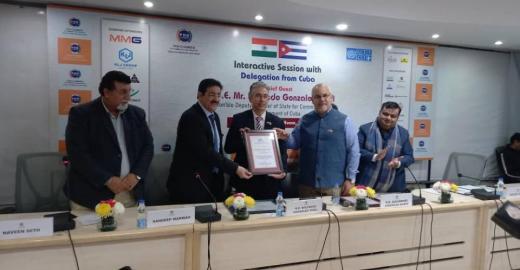
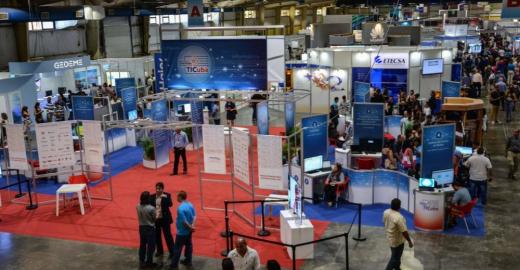
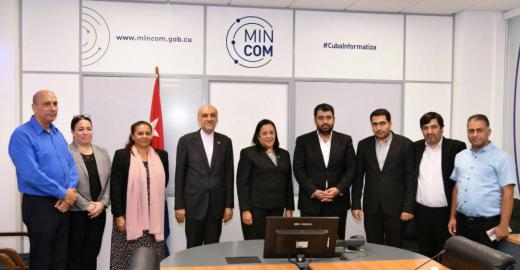



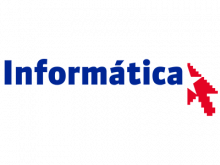
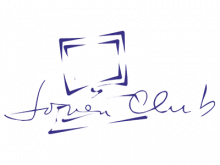
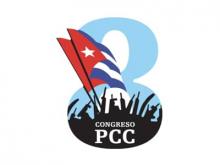
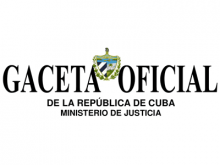
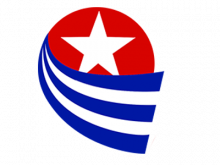
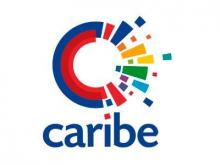
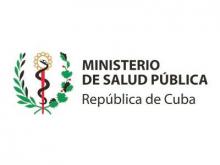

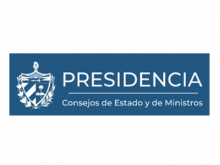

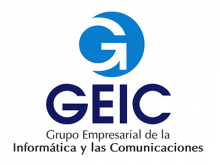
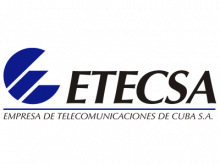
Publicar nuevo comentario